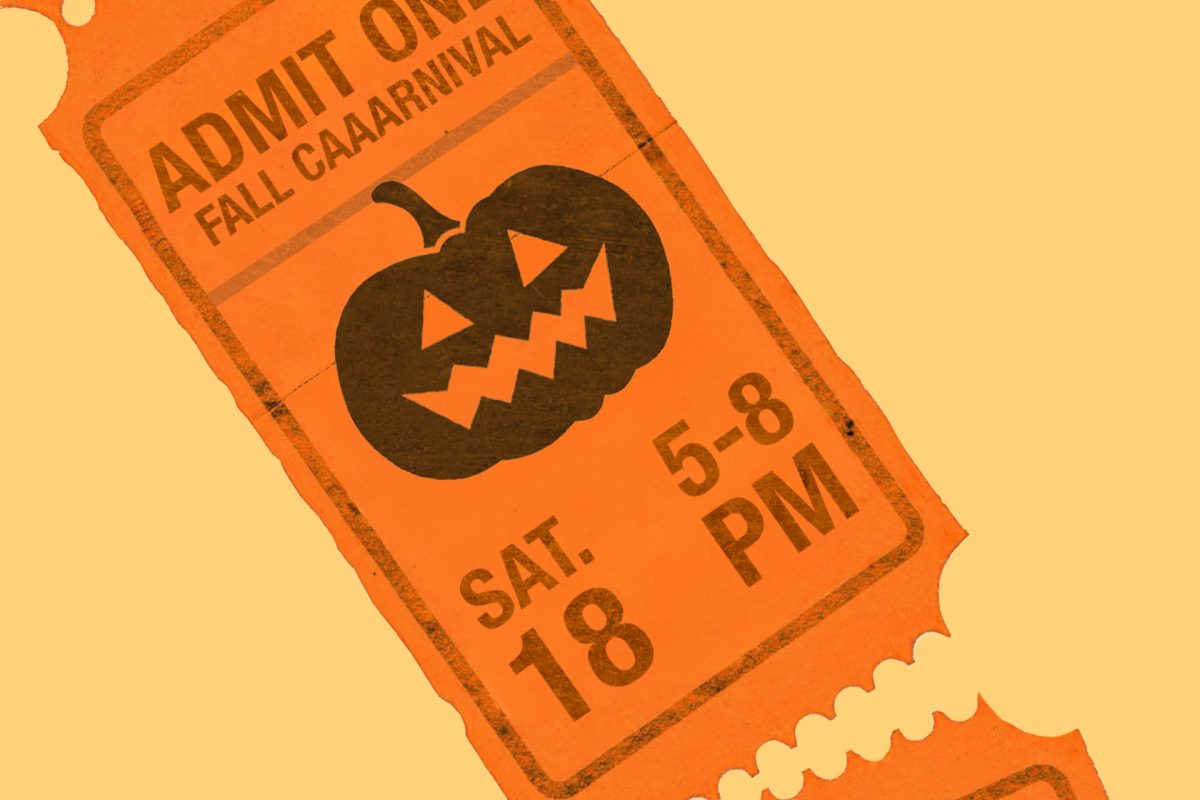As the models filed onto the runway in mismatched prints and egregiously embellished black coats last February, balanced precariously on stilettos appearing to be of futuristic construction, a dull roar wafted across the blogosphere and fashion industry. Miuccia Prada had once again delivered a show full of what can only be kindly labeled as unusual taste but also one that is irresistible to the fashion set. Critics and fashion followers alike were again left to ponder these concepts that were so genius, so mad, so _weird_ but so uniquely Prada.
It was just another day in Prada-land where all the tailored, classic chicness taught to us by Giorgio Armani and Oscar de la Renta is to be cast aside and left for the ones that need a color-by-numbers approach to dressing. “I am such an individual I can wear this frayed skirt that cost thousands and freaking rocket shoes!” Prada seems to preach to her loyal fanbase who in turn embrace the unusual and turn away from the disapproving eyes of the masses. This rise of “ugly chic” (as it has been dubbed by numerous publications) is ironic, _non_? The way boxy shoes, skirts frayed at the hems (as they were in Spring 2010) and the iconic “banana” collection took over the fashion world and, in turn, what we average shoppers are wearing now.
Prada’s influence has been so great that the Met Costume Institute has decided to use her archives as their annual fashion fixture that opens the night of the Met Gala this May. Prada is paired with famed designer Elsa Schiaparelli who also pushed the boundaries of beautiful. I, for one, think that Prada cannot be worthy of any greater honor.
I mentioned the Spring 2011 collection, which I have lovingly dubbed the “bananas” collection for its crazy use of color, pattern and — of course — images of monkeys. It was a collection whose likeness surprisingly created a ripple effect through the fast fashion retail market. The collection — which was shown two years ago — is still spawning neon-striped skirts being bought and sold across malls and boutiques this season. And this is besides the fact that the collection was used on more covers of magazines than any other collection in 2011, both standard fashion titles and indie titles alike. It is reminiscent of that scene in “Mean Girls” when Regina has holes cut through her tank and the next day the entire female student body has adopted this, ahem, unusual look. Miuccia Prada and her team are like the quirky, self-deprecating Regina Georges of the fashion world in that regard.
The scope of Miuccia’s influence is indeed immeasurable, and it still astonishes me how ugly chic has turned into everyday chic. One of my favorite fashion characters, the carroty little man known as Giorgio Armani, complained to the press recently, calling Prada’s clothes “sometimes ugly.” I must agree (though he must not have looked at the sickly green color of his own batch of couture dresses), but only because Prada herself has stated that she “fights against her own good taste.” I mean who else would take a theme to such an extreme as to have it labeled as ugly and unappealing? But I guess that is just the thing: How ugly can her tastes be if they are selling worldwide? Ugly is all in the definition.
Miuccia has created a multi-billion dollar brand based on the ideals that not everything we value should be defined as “beautiful” in such and cut-and-dry way. Why can’t a fork or a vintage car be beautiful or inspiring? In a world becoming increasingly full of safe fashion due in large part for fear of the backlash of the ever-present media and social networking folks, Prada has made her quirky mark and opened a world full of weird just crying to be embraced. It may be argued that Prada has had a large part in making not only ugly chic, but weird cool — not only within clothing but art and personality in general. Which makes me think, if weird is cool I may be winning at life. And from my rocket shoe-loving soul, I thank Prada for that.







